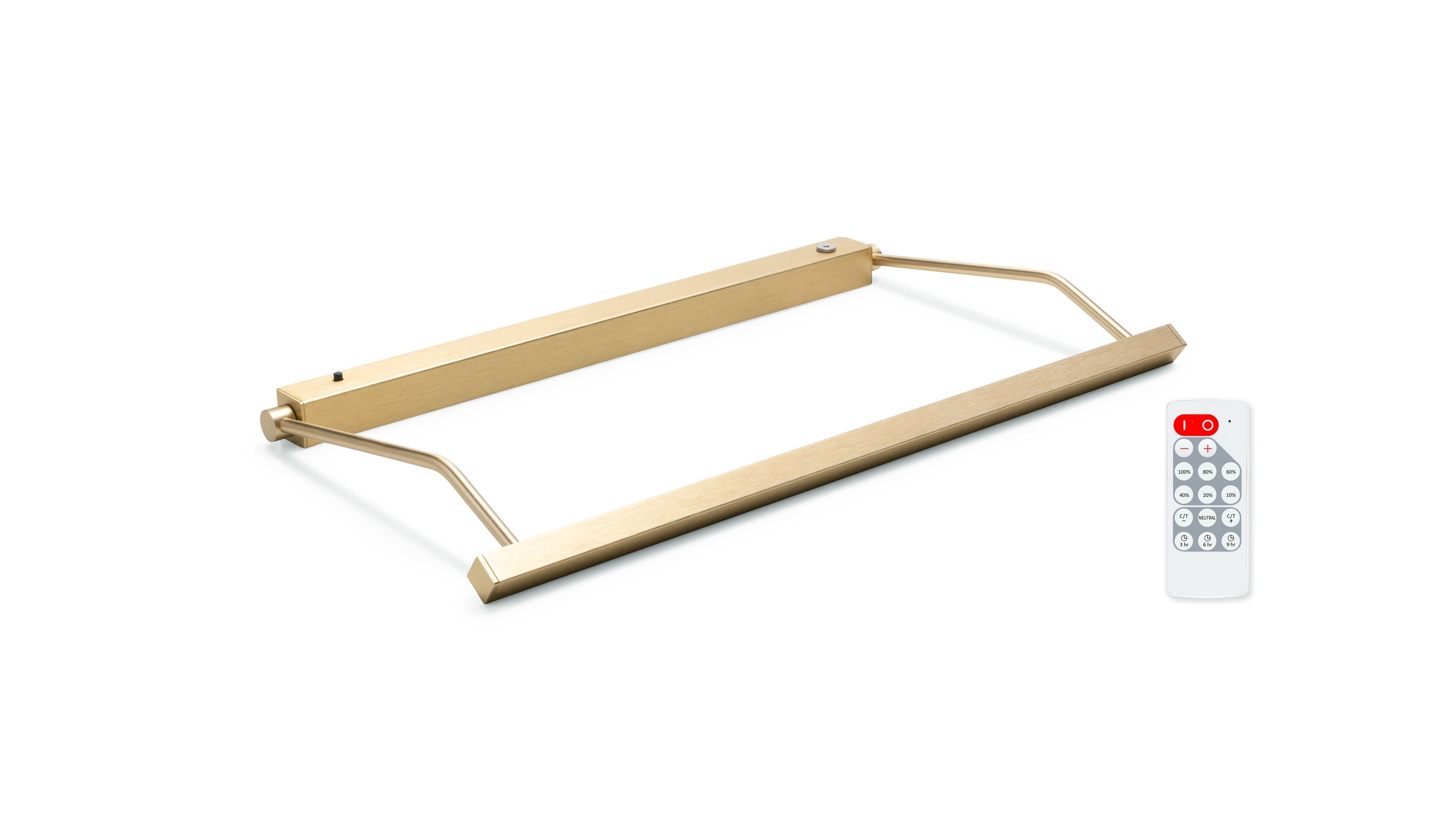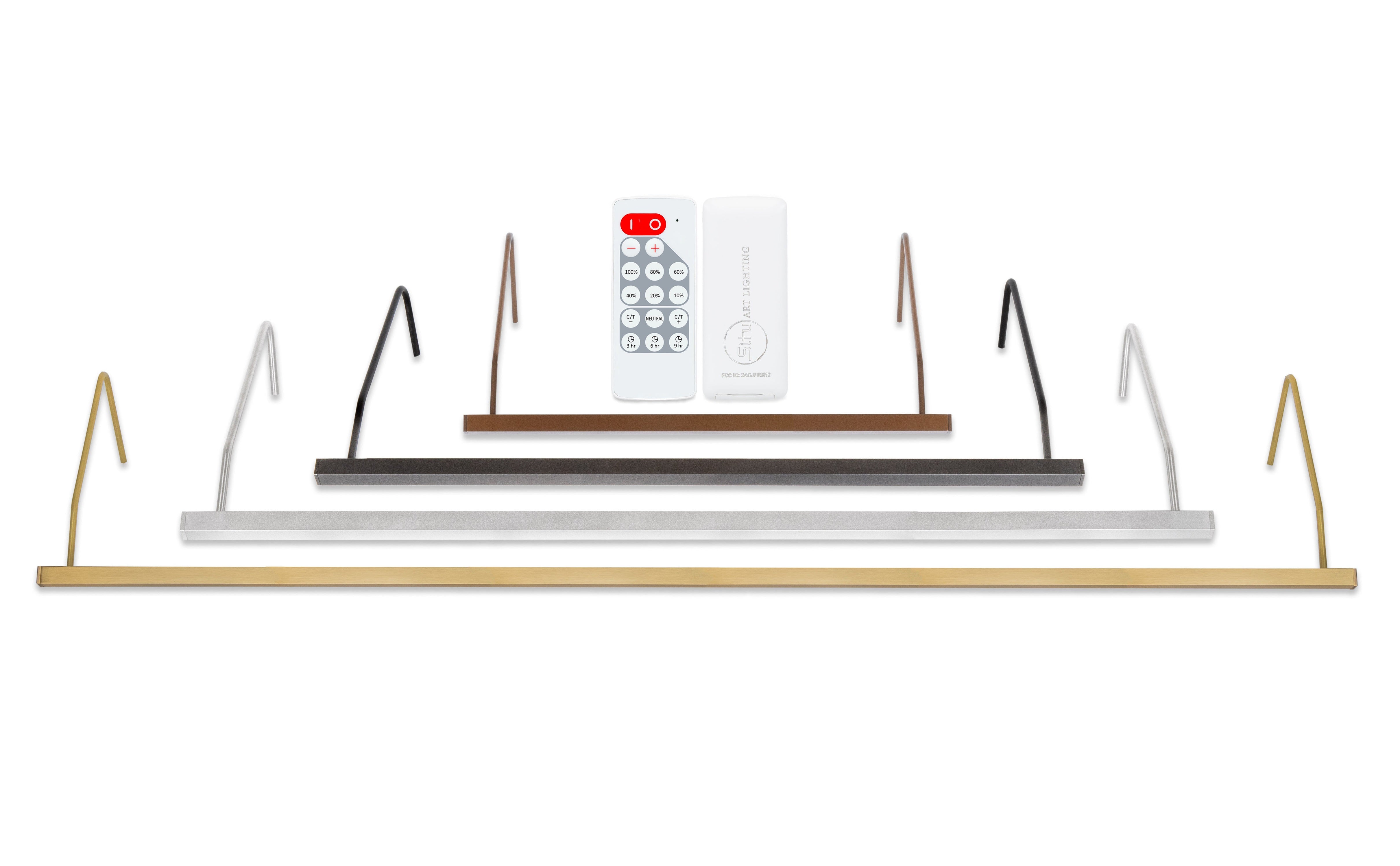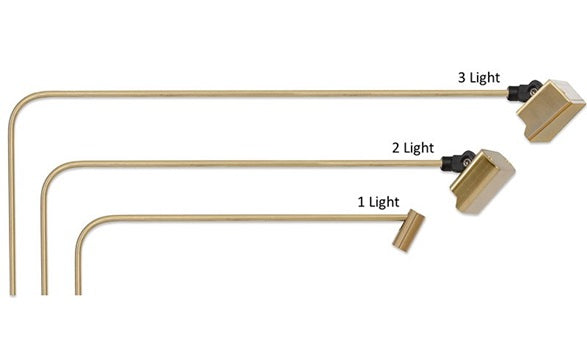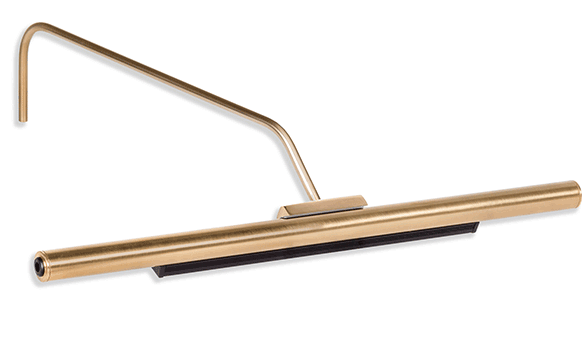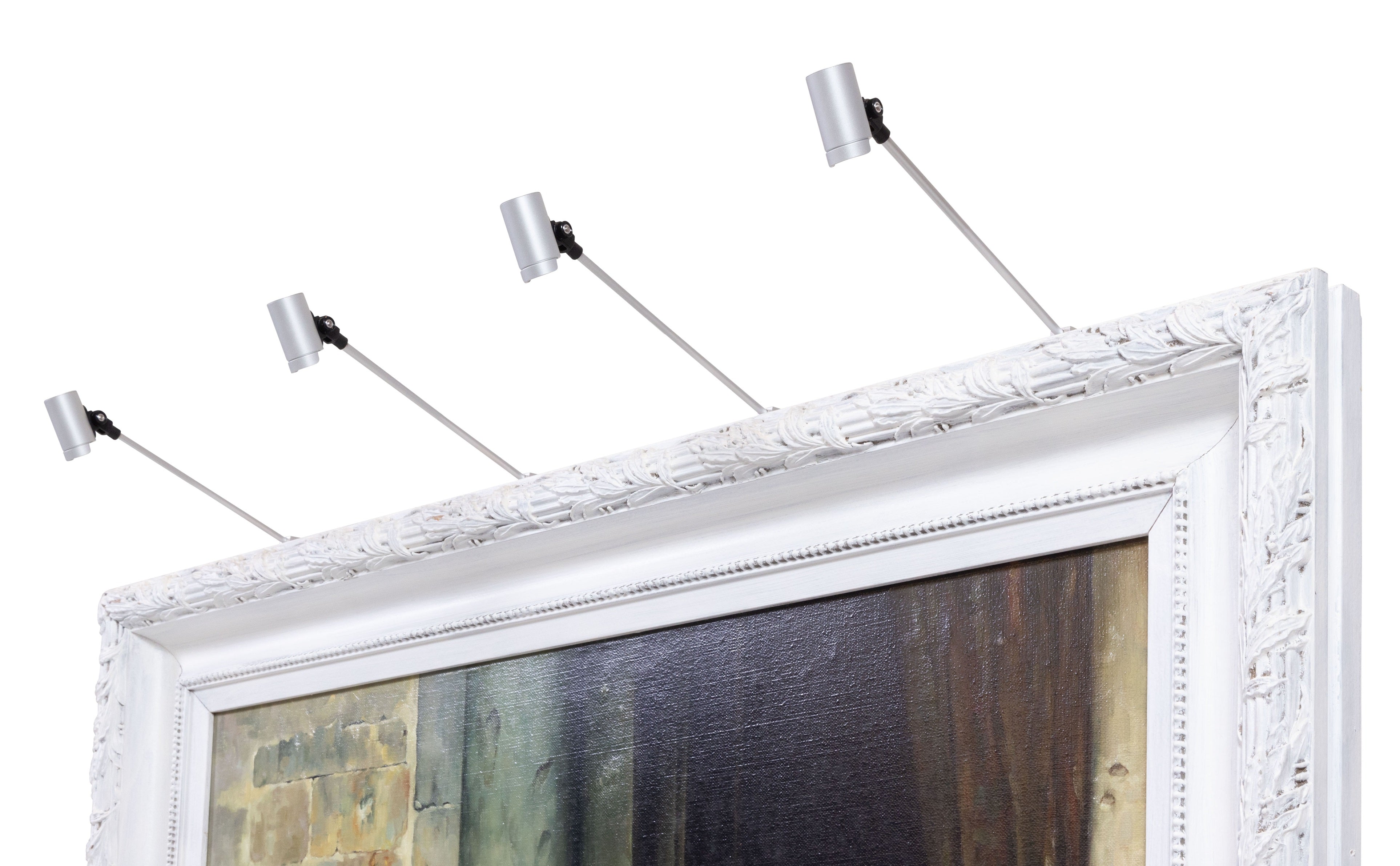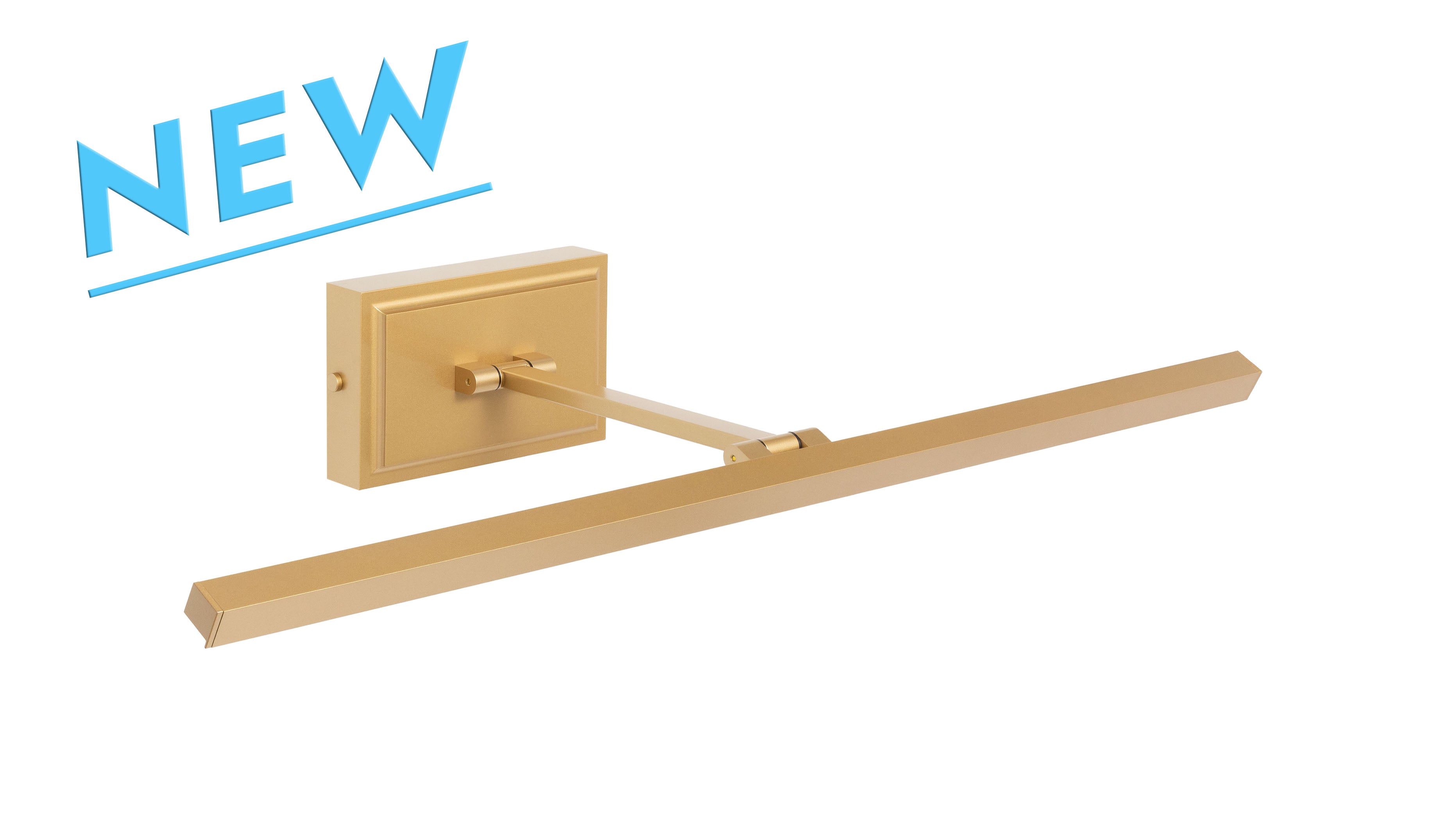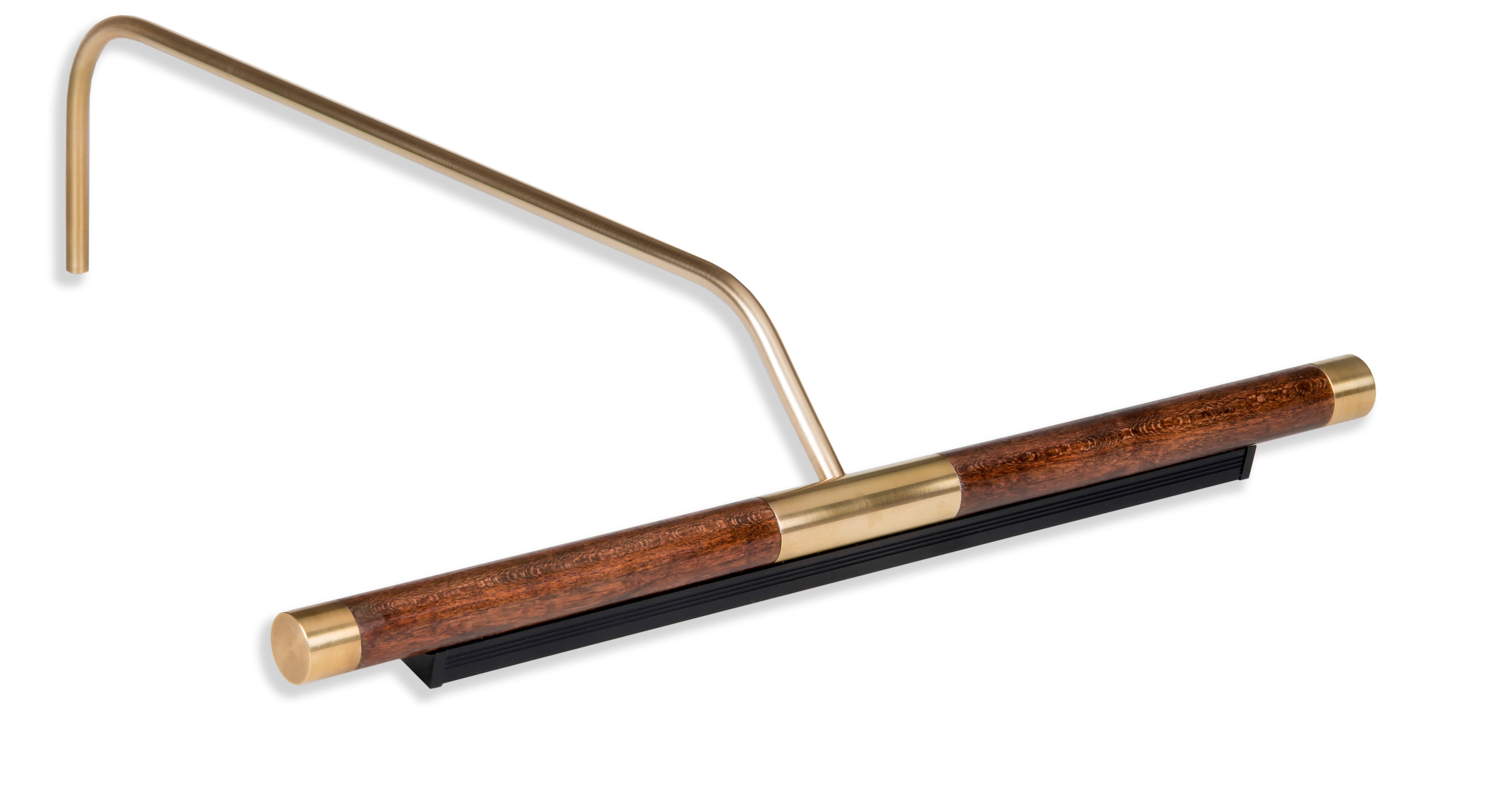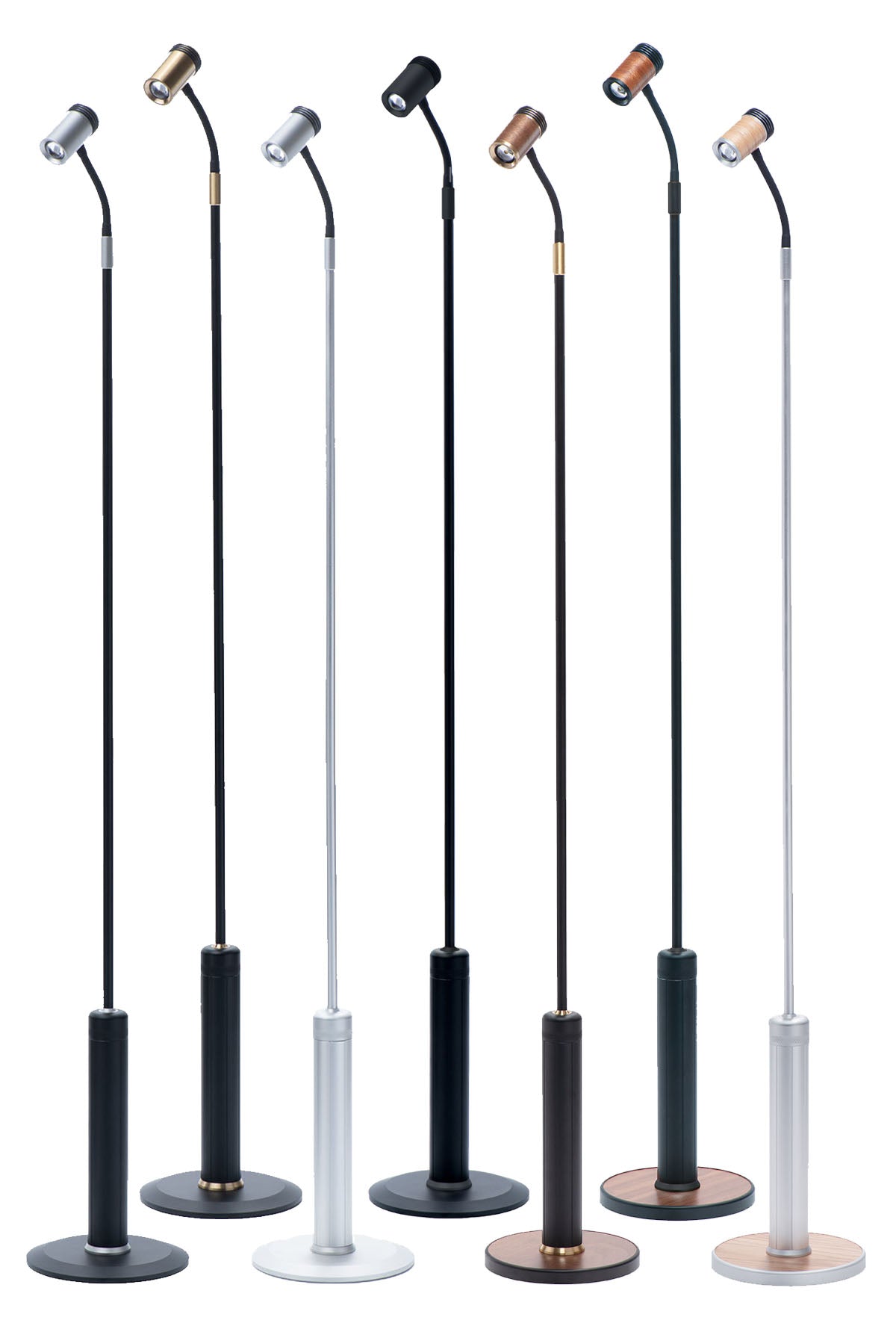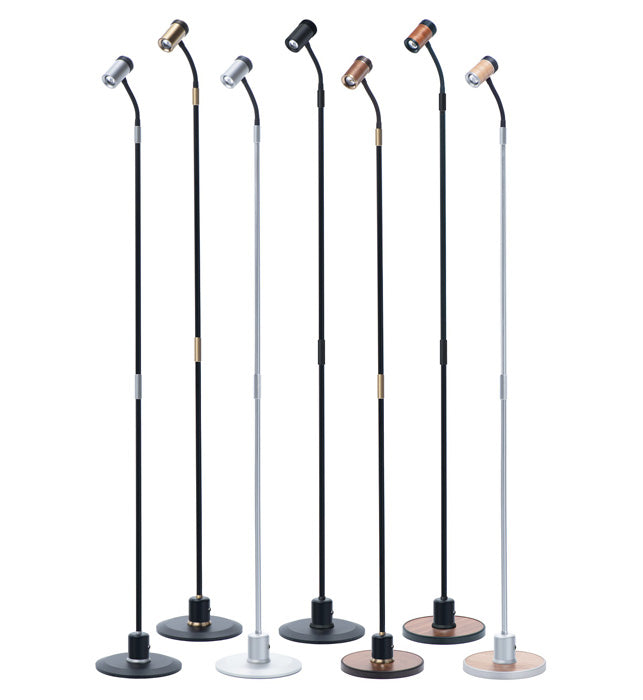-
Proper art lighting enhances color, texture, and emotional impact of artwork.
-
Quality lighting plays a critical role in the preservation of delicate art materials.
-
Light angle, intensity, and temperature shape how art is perceived in a space.
-
UV-safe LEDs are preferred for safe, long-term illumination of artworks.
-
Consider room size, artwork type, and existing ambient light before selecting fixtures.
-
Choose between picture lights, recessed lighting, wall washers, or track lights based on use-case.
-
Avoid common mistakes like over-lighting, glare, and incorrect positioning.
Art has the remarkable ability to transport us to different worlds, captivate us and provoke emotion, as well as transform an otherwise plain space. Lighting is the finishing touch that can bring this artwork and your space to life. Whether it’s a priceless masterpiece, a cherished family photograph, or a stunning sculpture, the proper illumination can significantly enhance the way we perceive, preserve, and enjoy artwork, especially as described in this art lighting guide.
The choice of lighting for your art collection can affect the ambiance of your space, as well. A well-lit painting serves as a focal point, drawing the viewer’s eye and evoking emotions that may have otherwise remained dormant. Proper illumination enhances the colors, textures, and details of the artwork, making it come to life and inviting a closer examination and connection with the piece. The right art lighting allows you to enjoy your artwork as you experienced it in the gallery while also adding to the surrounding ambiance. Ideally, your light will accentuate not only the artwork itself, but also the room in which you’ve displayed it.
Selecting the best art light will also play a vital role in the preservation of your artwork. Using non-UV safe fixtures or displaying artwork in harsh sunlight are a great detriment to the longevity of your artwork. It is therefore essential to utilize a light that will not only provide great coverage but will also better preserve your artwork than the harmful sources noted above.
In this comprehensive art lighting guide, we will explore the various types of art lighting while highlighting their benefits and the nuances of each type. Once finished, you’ll have a thorough understanding of the different types of art lights available and how they can assist in illuminating your artwork in the most captivating way possible.
Why is Proper Art Lighting Important?
Aesthetics
Proper art lighting brings out the colors and fine details of artwork and photographs that may otherwise go unnoticed. This is applicable whether the artwork is in a dark environment or is simply composed of dark tones. Appropriate lighting can bring life to a dull space; It can make a painting appear more vivid or a delicate sculpture appear more intricate or dramatic. Additionally, selecting a visually pleasing art light is detrimental to a positive art lighting experience. The less obtrusive your lighting, the better its presentation.
Preservation
Ultraviolet and infrared rays can be detrimental to the many delicate mediums used for artwork. Over time, exposure to improper lighting such as direct sunlight or harsh artificial light can cause fading, discoloration, or structural damage. Fixtures that utilize legacy incandescent or halogen bulbs emit much greater heat than that of their LED counterparts due to the different ways these sources generate light. LEDs are also UV and infrared safe by design. Using the right lighting will extend the life of your artwork relative to other lighting methods, extending your enjoyment and protecting your emotional and financial investment.
Perception
Lighting affects how people perceive the mood and atmosphere of a space. This is also applicable for art lighting. The intensity, color temperature, and angle of light will all have an impact on the way artwork is perceived. A warm, dim light will create a vastly different presentation and atmosphere than that of a cool, bright light.
Factors to Consider Before Choosing Art Lighting
Before diving into the specifics of the types of art lighting available, it is essential to take these factors into consideration when choosing an art light:
Room Size and Layout
The size and layout of a room will greatly influence the coverage you’ll receive from a light, and therefore which type of light may be suitable for your application. For example, a larger room will be able to support the intensity of a wide variety of art lighting fixtures, though may require special consideration to balance the brightness of a fixture against ambient lighting. Conversely, a smaller space may need less intense lighting so as not to overwhelm the viewer. Customization may also be required to ensure that a fixture fits within a limited space.
Type of Artwork
Different types of artworks and mediums will demand different lighting fixtures and techniques. Paintings, photographs, and sculptures each have unique lighting needs.
- Paintings and other two-dimensional, less glossy mediums will offer the most versatility when it comes to selecting an art lighting fixture. Due to the even, flat nature of the artwork, there is minimal concern for shadows on the piece itself, and your main concern will be ensuring ideal light quality as well as full, even coverage; This is, of course, in addition to selecting preferred aesthetics.
- Photographs and other glossy mediums (as well as other two-dimensional artworks under glass) will benefit from a light fixture that offers adjustable vertical positioning. These high sheen artworks may be more susceptible to possible glare from a fixture. Since glare is simply a reflection of light, you may experience glare with any art light used. Carefully managing angles and positioning of your artwork and art light will help mitigate this. Art lighting fixtures that can illuminate from a wider angle relative to the artwork will be ideal in this case.

- Sculptures, similar to photographs, require careful consideration of placement and angles of light relative to the artwork. When illuminating sculpture or other items that project significantly from the wall, a light must extend at least 6” - 10” beyond the subject for proper illumination. Attention must also be given to the shadows projected from lighting a piece. Illuminating from an inappropriate angle or placement may provide ominous shadows within a sculpture or cast shadows onto the wall behind the piece.
Artwork Placement
Where you determine to display your artwork will further impact how you experience the piece, and therefore which fixture may be ideal for your installation. Both the artwork and lighting should be positioned to minimize glare and shadows. Lower artwork placement will result in a reduced possibility of experiencing glare from a fixture, in accordance with the Law of Reflection. You also want to consider whether your artwork placement may result in ambient glare from windows or other bright light sources. Furthermore, power availability where you intend to install your artwork will affect the art lighting options available. There are many plug-in, hardwire, and wireless art lighting systems on the market that will each offer different capabilities.
Other Ambient Lighting Sources
Consider the existing ambient lighting in the room when choosing an art lighting fixture. An art light should be approximately 25% brighter than the ambient lighting in the room to provide the proper emphasis without overpowering your artwork or space. Your art lighting should ideally complement and enhance the room’s existing lighting, not compete with it. Additionally, ambient light sources may provide further concern for glare and thus require further consideration, as noted above.
Wattage, Lumens, or Coverage Area
When selecting a light for your artwork, illuminating the entirety of the piece is often desired. The exception to this is when isolated accent lighting may be preferable, such as highlighting a central figure. Understanding what coverage you’ll receive from a fixture is therefore critical when choosing an art light. Legacy incandescent and halogen bulbs utilized wattage as a measure of brightness, as the energy consumption of these bulbs is indicative of the brightness (and therefore coverage) provided. Since LEDs are a much more energy efficient alternative, wattage is no longer an accurate unit of measurement for light output and coverage. LEDs are often referenced in lumens instead.
Lumens are a measure of the total light output in all directions. This unit of measurement is helpful for translating the brightness of a legacy bulb to that of a more energy-efficient LED, however, lumens and wattage often both fall short of providing proper expectation of coverage from an art light. Since these units measure total 360-degree light output, an art light can have a high wattage or lumen count yet not focus the light output onto your precious artwork. You then end up with a bright light fixture that steals the show and artwork that is not illuminated as well as it could be. Conversely, an LED art light with specialized optical systems like our Plug-in Vision Series may offer ideal coverage for your artwork, however, may emit lower total lumens than expected due to the lack of wasted light or excessive light spread. Determining coverage area is pertinent when choosing an art light; It’s always best to confer with the manufacturer of a fixture if you are unsure.
Comprehensive List of Art Lighting Types
Below, you’ll find details of the various types of art lighting in addition to their pros, cons, and other important details to keep in mind when selecting your art lighting.
-
Ceiling-Mounted Accent Lights and Recessed Lighting
Ceiling mounted accent lights encompass a wide range of fixtures and mounting styles, with the common denominator being the ceiling-based mounting. This will include recessed lighting (often referred to as ‘ceiling cans’ or ‘canned lights’) as well as surface mount fixtures and certain varieties of track lighting. Recessed lighting will offer an extremely discreet presentation as the light fixture is nested into a cavity in your ceiling. These systems work best in permanent residences that have high ceilings. Conversely, renters or those with low ceilings will want to shy away from these ceiling-mounted fixtures.
These systems will be ideal for illuminating sculptures or gallery walls as they allow for increased adjustability, especially when using custom systems that may better manage angles of illumination. When using a ceiling mounted light, it is recommended to cast illumination at a 30-degree angle as a starting point to minimize both shadows and vertical glare from the fixture. Should you illuminate from a wider angle, you may find an increase in glare, while a narrower angle may provide increased shadows cast below the artwork. This will vary depending on the specifics of your installation.
Due to the frequent need for customization, these ceiling-mounted light systems unfortunately come at a high price point, in addition to a highly involved installation process.
Track lighting often falls under the umbrella of ‘ceiling-mounted lighting’, though this is not always the case. When referring to the ceiling-based variety, track lighting offers similar adjustability and advantages to their other ceiling mount counterparts. The increased benefit of track lighting is that when using an electrified track, you are able to add and remove lights at your leisure to coordinate with your art display. These same tracks can also be mounted to the wall if preferred. The downside is that this track tends to offer a much less polished appearance than that of recessed ceiling lights.
Track lighting has transformed throughout the years to encompass a number of styles to best suit your taste and decor, including our Plug-in ArtTrack system. This track light mounts to either the back of your frame or the wall behind your artwork via a mechanical (non-electrified) track that the light heads freely slide upon. This allows you to enjoy the ease of installation of a picture light, with the contemporary style and adjustability of a track light system.
When utilizing track systems, one must carefully consider placement of the light heads to ensure proper coverage on a piece of artwork. Should the lights be positioned too far apart, you’re likely to experience vignetting (shadows) between illumination. This vignetting is particularly noticeable on evenly composed pieces such as abstract paintings or landscape scenes.
Wall washers emit a soft, diffused light from the entirety of the fixture. This results in smooth, even coverage across the illuminated area. These wall washer fixtures come in various forms, including wall-mounted fixtures and recessed ceiling options.
Wall washers are ideal for situations where you’re looking to emphasize a large area rather than specific artworks. As the light is cast throughout the entire width of the wall, there is little to no isolation provided from the surroundings. In many cases, lighting a precious piece of artwork is intended to highlight that piece. Without the contrast created by a focused light, this emphasis may get lost.
When mounting a wall washer on the ceiling, take care to start at the 30-degree angle recommendation mentioned above and adjust as necessary to provide full illumination with minimal glare. Should you mount the light too close to the wall, this will instead emphasize shadows. This is often referred to instead as a ‘wall-grazer’.

Picture lights are designed to be mounted to the frame of the artwork or the wall behind (or above) the piece. This provides focused, even illumination throughout your artwork. Picture lights can refer to a wide range of styles, appearances, and power supply options, from ultra-compact fixtures like the Rechargeable Micro Series to bar lights like the Plug-in Vision Series or the Rechargeable Vision Series, offering a sleek, wireless design with high CRI LEDs and remote-controlled dimming. Due to their high visibility location, these fixtures require further deliberation regarding whether the picture light will coordinate aesthetically with your décor. Choosing a fixture that is appropriately sized and styled for visual balance is paramount to enjoying your installation.
Picture lights are ideal for paintings and other wall-displayed artworks, whether framed or unframed, due to the fixed variables inherent to a picture light such as distance from the wall or height above the artwork. These fixed variables allow you to better determine the coverage you may experience from a fixture, eliminating much of the headache of lighting a piece. Since these fixtures are in close proximity to your precious artwork, low voltage LEDs are preferred to provide the best illumination possible without heat or UV damage.
When using picture lights, there is potential for glare from a fixture due to the angle of illumination often being similar to that of the viewing angle. Carefully managing angles and adjusting the height of your artwork or the fixture will allow you to account for this.
Common Mistakes in Art Lighting and How to Avoid Them
-
Over-illumination: An art light that is too bright or too large for a piece of artwork will draw attention away from the piece and will instead bring focus to the harsh lighting, providing what could be referred to as a ‘billboard effect’. Manage this by using dimmable art lights and determining the ideal fixture size for your artwork.
-
Incorrect placement: Positioning lights at an improper angle or distance may lend glare, shadows, or uneven lighting to the presentation. Carefully consider and adjust the angles of light relative to your artwork, as well as your eyesight, to ensure the best fixture location and display.
-
Neglecting UV and Infrared Protection: UV and Infrared rays can fade and deteriorate precious artworks. Avoid direct exposure to sunlight. Selecting an LED fixture as opposed to a legacy bulb style fixture will also prolong the life and enjoyment of your piece.
Conclusion
Art lighting is not simply a practical application; it is both a science and an art in itself that offers the ability to transform your space and elevate your collection. As highlighted in this art lighting guide, the right lighting enhances aesthetics, preserves the integrity of your artwork, and influences how it is perceived by the viewer. With the knowledge and tips presented in this guide, you can transform your space into a gallery that showcases your art collection in all its glory.
FAQ
- How often should I change my art lights?
Art lights offer a long lifespan, often lasting many years. The frequency with which they’ll need to be changed will vary based on the type of light source a fixture uses. The integrated LEDs we use at Situ Lighting are conservatively rated for up to 70,000 hours – that is 35 years of use at 5 hours a day! However, especially when utilizing other fixtures with legacy bulbs, it is always good practice to regularly inspect your lights for any dimming or discoloration. If you notice a change to the quality of light provided, it may be time to reach out to the manufacturer or consider a replacement.
- Which lighting is best for color accuracy?
An art light with a color temperature between 2700K – 4000K is recommended for artwork, with 3000K being widely recognized as the ideal color temperature. For the most accurate color representation, look for LEDs that offer a high color rendering index (CRI) of 90 or above.
- How to minimize glare on glass-framed artworks?
Glare from a fixture is simply a reflection of light. Managing the angles and placement of your light relative to your artwork will allow you to minimize this. Uplighting is another great way to avoid glare when using a picture light. Read more about how to minimize glare at the following page: Click here
- Are there smart lighting options suitable for artworks?
Yes, there are many smart lighting options suitable for illuminating artwork. There are also a wide variety of art lighting systems that are compatible with smart integration and other lighting control systems, such as the Hardwire Vision Series. These systems can enhance your ability to control your fixture through mobile apps or voice commands. Tuya, Alexa, Google Home, and many other smart integrations are available to customize your experience.



